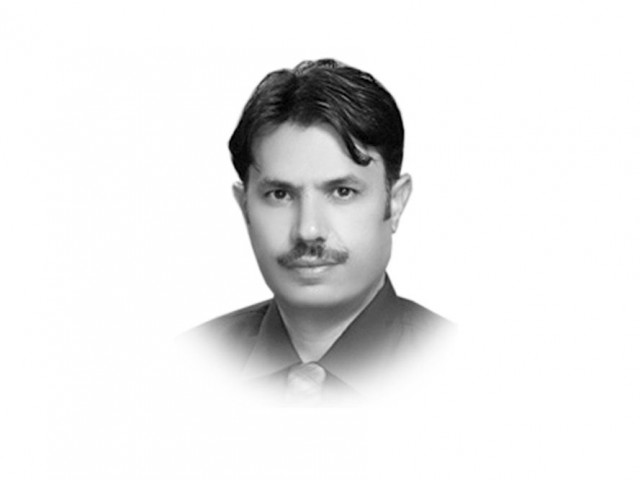Beautiful but marginalised — Swat-Kohistan
Swat is more famous, rather infamous because of Taliban insurgency.In the past, Swat was famous for its idyllic beauty

The writer is executive director at the Institute for Education and Development in Swat
In the past, Swat was famous for its idyllic beauty, fairy pastures, azure lakes and snow-packed peaks along with relics of the ancient Gandhara civilisation which still exist in the lower parts of the valley. Today, unfortunately, Swat is more famous, rather infamous, because of the worst-ever Taliban insurgency.
Many people, especially the ones from academia, civil society and media — most of them living in the big cities — are fearful about visiting Swat even though five years have passed since the military offensive took place here.
Many do not know that Swat is a valley of more than two million people, scattered on both sides of the Swat River. And hardly anybody would know that Swat is a culturally diverse valley where indigenous ethnic groups, apart from the Pakhtuns, also thrive. They don’t even know that the upper mountainous idyllic valleys of Bahrain, Kalam and Madyan are known as Swat-Kohistan, which is more than half of the entire Swat Valley in terms of area.
Although the development of the entire district deteriorated speedily after 1969 when the Swat state was merged into Pakistan, Swat-Kohistan remained the most neglected area despite being the cherished destination of summer tourists. Owing to decades of neglect, the indigenous communities living here feel marginalised and resentment is increasing among them.
The road network in the area was badly damaged by the floods in July 2010. Almost five years have passed since then and one sees no construction or rehabilitation work on the road beyond Bahrain. From Chikri to Bahrain the road is now being rehabilitated by the National Highway Authority with the assistance of the Asian Development Bank but the road beyond Bahrain is still in utter disarray.
The estimated population of Swat-Kohistan is 210,000. There are about 85 primary schools for boys and about 50 for girls. High schools for boys are nine in number while for girls this number is only two. Among the primary schools for boys, more than half are non-operational because of the absence of teachers or the lack of them. Among girls’ schools, two-thirds are defunct because of the same reasons.
In Swat, we see schools constructed with the support of the United Arab Emirates. These are the ones destroyed by the militants. But the ones destroyed by the 2010 floods, most of which are in Swat-Kohistan, are nobody’s priority. Despite the lapse of four years, reconstruction of these schools has yet to start. The dropout rate for girls after grade four or five is over 95 per cent mainly because of non-existence of middle or high schools for them.
The locals are also worried about the depletion of their precious forests and the utter lack of interest on the part of relevant departments. They are also resentful about illicit timber smuggling allegedly done by influential political figures and the local timber mafia.
Recently, over 1,300 standing deodar trees were found debarked in a forest in Bahrain, apparently done by the forest contractors. Similarly, about 5,000 cubic feet of deodar timber was logged from a forest under the seal of the Forest Development Corporation reportedly at the behest of the former provincial minister for forests. The locals fear that the authorities concerned will push these cases under the carpet in order to conceal their inefficiency.
These are just a few indicators of the myriad examples of marginalisation of the area and its ethnic minority communities. We are often told by the mainstream activists to mobilise people against this decades-old state of neglect. One wonders how that is possible with a marginalised people when they are demoralised and threatened by the use of different tactics and when there exists no civil society or effective political representation.
Published in The Express Tribune, June 16th, 2014.
Like Opinion & Editorial on Facebook, follow @ETOpEd on Twitter to receive all updates on all our daily pieces.
















COMMENTS
Comments are moderated and generally will be posted if they are on-topic and not abusive.
For more information, please see our Comments FAQ